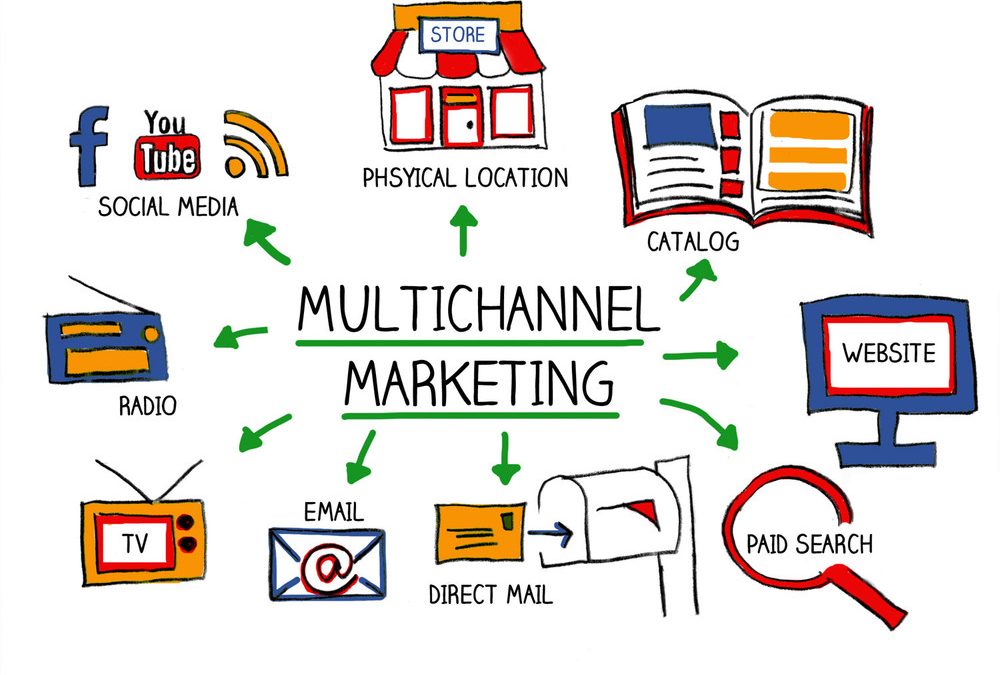Using Social Media In Public Health Interventions
Communicating the safety of restaurants, food trucks, coffee shops and bars to the public is a federal mandate that must be followed by public health departments across the nation. It is important that this information be delivered with clarity and accuracy in a way that effectively modifies public behavior. It is important that communication alters the behavior of proprietors/restaurant employees preparing food and the larger public making the decision to consume food. Currently restaurants receive inspections once to twice a year over a very brief period of time 20-30 minutes. The restaurant industry is growing quickly at an average annual rate of 4.9% per year. At the same time, public sector has faced increasing cutbacks in recent years due to budgetary restrictions. This means that public health inspectors are faced with an increasing workload with the same or reduced staff. Nationally there are reports of increases in the incidence of food borne illnesses reported at the emergency department from 2012 to 2015 of Shigella and E.coli organisms and endotoxin. There have been recent studies that attempt to use existing public data to create predictive models that help identify restaurants that may create a public health risk. However, these models rely on existing data and do not incorporate new data sources or provide increased surveillance coverage. As the restaurant industry grows thoughtful solutions must be considered to increase surveillance and acquire new information sources that allow inspectors to better identify those restaurants that present the greatest risk to public health, and to move quickly to prevent epidemics in the cases where highly predictive risk factors are reported.
Prediction of Restaurant Health Code Violation Using Yelp
Food pathogens cause 9.4 million food borne illnesses in the United States each year.In recent years the prevalence of certain food borne organism contaminants such as Shigella, Vibrio, and shiga-toxin producing Escheria coli have been on the rise. Outbreaks of food borne illness in the United States have increased from 675 in 2009 to 852 in 2010. Restaurants have been connected to food borne illness outbreaks in the past however the ability to detect outbreaks is limited by variability in reporting of food borne illness. Health Departments face a burdensome task of assessing a growing number of restaurants while confronted with funding challenges. In the last year, the San Francisco, CA Department of Public Health conducted inspections of 7,000 restaurants and other food serving establishments one to three times a year, while the growth of the restaurant industry increased at a rate of 4.9% per year. Further contributing to the problem, risk of contracting food borne illness is also increasing on an annual basis for specific food pathogens. The majority of cases of foodborne illness are traced back to food served at restaurants. Health code violations such as sick employees participating in food preparation, and lack of employee hygiene are particularly difficult to detect given limited surveillance coverage available to local health departments.
Overview of Inspection Requirements San Francisco Department of Health 2015
* All walls, floors and ceilings must be clean and intact without large cracks or holes.
* All foods must be stored 6″ off the floor to facilitate cleaning and sweeping of floors and to prevent vermin harborage.
* No vermin (rodents, insects or other pests) infestation upon the premises.
* All food storage must be arranged to prevent cross contamination. Foods are to be stored to prevent possible contamination from
hazardous materials (i.e. bleaches, cleaning liquids, etc.)
* All equipment used in daily operations is to be in good running order. * All storage areas and shelving must be clean.
There shall be sufficient regular refuse collection to prevent garbage problems (overfilled receptacles causing garbage accumulation
problems).
* All food service workers shall exhibit good personal hygiene and work habits (i.e. good health for the worker, cleanliness of outer
garments, proper food handling, etc.)
* All establishments serving food shall have an employed Certified Food Handler to comply with AB1978 Sec. 6404.5 which prohibits smoking in enclosed workplaces.



